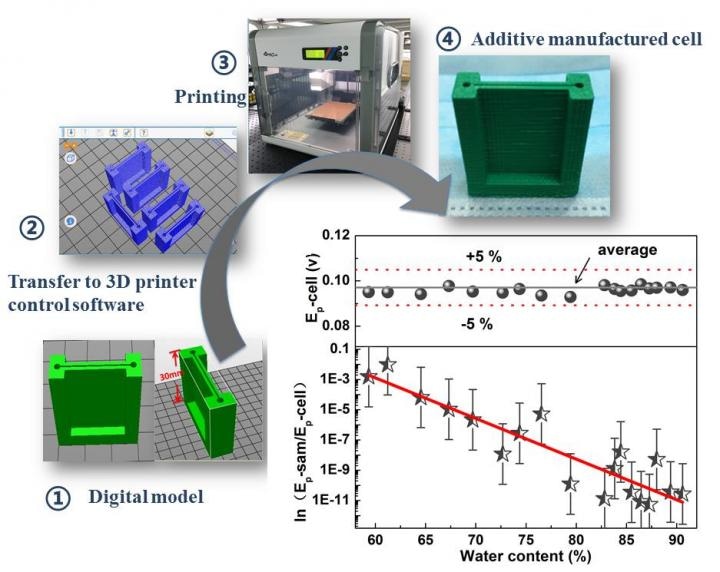Fankai Qin, Ru Chen, Yicen Li, Zhaohui Meng, Sitong Chen, Kun Zhao, Xinyang Miao, Wenfeng Xiang, Wenzheng Yue, Honglei Zhan,
https://pubs.acs.org/doi/10.1021/acs.energyfuels.0c04354
The technology of trace organic matter (OM) detection offers researchers numerous intriguing possibilities, ranging from fundamental science to applications in many fields. This study proposes a thermal terahertz (THz) analysis (TTA) method that is suitable for detecting trace OM in the field of oil–gas resource and can analyze the differences in the content and type of trace OM. In this research, THz time-domain spectroscopy (THz-TDS) technology combined with pyrolysis technology were used to detect the pyrolysis characteristics of trace OM in sand collected from a desert oilfield. According to thermogravimetric analysis, the main pyrolysis temperature range of the OM was 300–600 °C. Further analysis of the spectra indicated that when the pyrolysis temperature was 300 °C, the OM content in the sand was the highest and the THz waves were the most attenuated due to the strong interaction between OM and THz waves. As the pyrolysis temperature increased, the OM was gradually pyrolyzed into gas and escaped and the peak amplitude (Ep) of the THz-TDS clearly increased. When the pyrolysis temperature reached 600 °C, the OM was completely pyrolyzed while the Ep of the THz-TDS changed very little. Consequently, the trace OM detection method based on THz spectroscopy combined with pyrolysis technology is expected to become a new complementary means for the detection of trace OM information.






